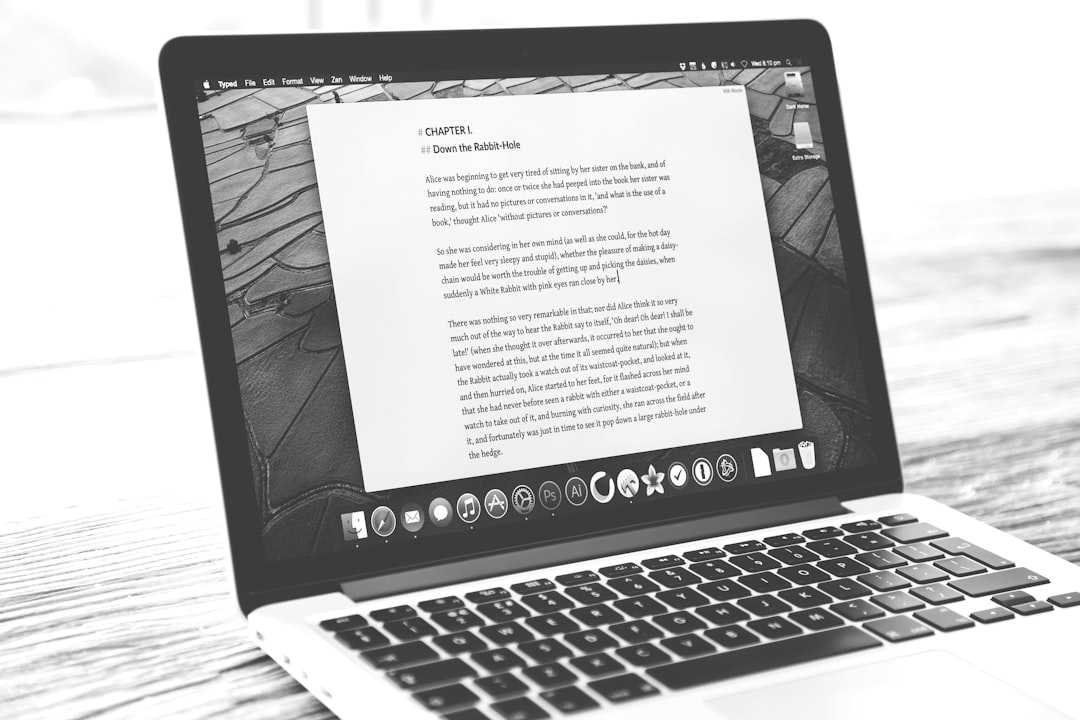
WordPress has come a long way since its inception in 2003. In 2025, with more than 45% of all websites on the internet powered by WordPress, maintaining your WordPress site has never been more critical. Whether you’re a blogger, small business owner, or managing a growing eCommerce platform, consistent and strategic maintenance is necessary to keep your site secure, fast, and functional.
Why WordPress Maintenance Matters in 2025
It’s not just about updating plugins anymore. The digital landscape is evolving with more sophistication, and threats are growing in complexity. As we step deeper into 2025, there are several reasons why regular WordPress maintenance is more vital than ever:
- Cybersecurity: New vulnerabilities are emerging, making older WordPress versions and plugins potential entry points for hackers.
- Performance Optimization: Ensuring your website loads quickly can directly impact your SEO rankings and user engagement.
- Compatibility: WordPress updates can break themes or plugins if you’re not keeping everything aligned.

Key Aspects of WordPress Maintenance
Maintenance encompasses more than just updates. Here are some core areas you need to focus on in 2025:
1. Regular Backups
Having a clean backup of your WordPress database and files is your safety net. There are plenty of tools like UpdraftPlus, BlogVault, and Jetpack Backup that provide automated backup solutions.
- Schedule backups daily or weekly, depending on how often you update your site.
- Store backups in cloud services like Google Drive, Dropbox, or Amazon S3.
2. Updates (Core, Plugins, and Themes)
WordPress frequently rolls out updates that improve performance and fix vulnerabilities. You should ensure that:
- WordPress core is always on the latest stable version.
- Plugins are compatible and well-maintained. Remove outdated ones.
- Themes are updated to ensure compatibility and security.
Pro Tip: Always back up your site before running updates to avoid potential site crashes.
3. Security Monitoring
In 2025, cyber threats are fast-moving and relentless. Implement a proactive approach by using trusted security plugins like Wordfence, Sucuri, or iThemes Security. These tools offer features like:
- Firewall protection
- Malware scanning
- Login attempt limitations
- Audit logs
Additionally, use SSL certificates and enable two-factor authentication (2FA) for all admin accounts.
4. Speed & Performance Optimization
Page speed is a crucial SEO and user experience factor. Regular performance checks using tools like GTmetrix or Google PageSpeed Insights can help you monitor loading times and get actionable recommendations.
Recommendations include:
- Compressing images using plugins like ShortPixel or Smush
- Implementing caching through tools like WP Super Cache or W3 Total Cache
- Using a CDN (Content Delivery Network), such as Cloudflare

5. Database Maintenance
As your site grows, your database can become cluttered with post revisions, spam comments, and transient options. Plugins like WP-Optimize or Advanced Database Cleaner can help:
- Remove old revisions
- Clean up unused tables
- Optimize overall database performance
6. Broken Link Checks
Broken links can hurt SEO and result in a poor user experience. Use tools like Broken Link Checker or external services like Screaming Frog to routinely check your site and fix or remove dead links.
7. Mobile Responsiveness Testing
2025 is the era of mobile-first indexing. Google and users prioritize mobile usability. Test across multiple devices and use tools like BrowserStack and Google’s Mobile-Friendly Test to identify and fix layout or functionality issues on smartphones and tablets.
Benefits of a WordPress Maintenance Plan
Whether you manage your maintenance or hire a professional, having a plan ensures you don’t miss critical tasks. Some benefits include:
- Peace of Mind: Knowing your site is always running efficiently.
- Cost Savings: Avoid the high costs of emergency fixes after a hack.
- Better SEO Rankings: Well-optimized and fast sites tend to rank higher.
- Improved User Experience: Happy users are more likely to convert, subscribe, or return.
Managed WordPress Maintenance Services
For business owners who lack the technical expertise or time, managed services can be a lifesaver. Some popular providers in 2025 include:
- WP Buffs
- GoWP
- Maintain
- FixRunner
These services usually offer tiered packages that include updates, backup management, malware removal, uptime monitoring, and performance enhancement.
Maintenance Schedule for 2025
Here’s a simple recommended maintenance checklist:
Weekly:
- Check for theme/plugin/core updates
- Run backups
- Check site availability and uptime
Monthly:
- Optimize database
- Scan site for malware
- Review analytics and speed reports
Quarterly:
- Test for mobile and browser compatibility
- Clean up old content and links
- Review user roles and permissions
Final Thoughts
WordPress is a powerful platform, but with great power comes great responsibility. In 2025, website owners can no longer afford to “set and forget.” Whether you’re running a personal blog or a full-scale eCommerce operation, ongoing maintenance is essential to protect your brand and ensure positive experiences for your users.
Frequently Asked Questions (FAQ)
1. How often should I update my WordPress website?
Ideally, check for updates weekly. Set up automatic updates for minor or security patches, but manual oversight is recommended for major updates and plugin compatibility checks.
2. Is it safe to use auto-updates in WordPress?
Yes, for minor core updates and well-tested plugins, auto-updates can be enabled. However, always back up your site before running any updates automatically.
3. What’s the easiest way to back up a WordPress site?
Use a plugin like UpdraftPlus or Jetpack Backup to automate backups and store them in a secure off-site location like Google Drive or Dropbox.
4. Can I handle maintenance myself or should I hire someone?
If you’re comfortable with basic site management, you can handle it yourself using plugins. For business-critical sites or to save time, hiring a professional or using a maintenance service is advisable.
5. How do I know if my site has been hacked?
Common signs include unauthorized user accounts, slow performance, strange pop-ups, or blacklisted pages by Google. Security plugins can alert you to these anomalies.
6. What is the average cost of WordPress maintenance?
It depends on whether you’re managing it yourself or using a service. DIY tools may cost $10–$30/month, whereas professional services can range from $50 to $200/month or more.
Keeping your WordPress site well-maintained in 2025 is not just a best practice—it’s a necessity. Start implementing a proactive maintenance strategy today to reap the rewards of a safer, faster, and more efficient website tomorrow.






